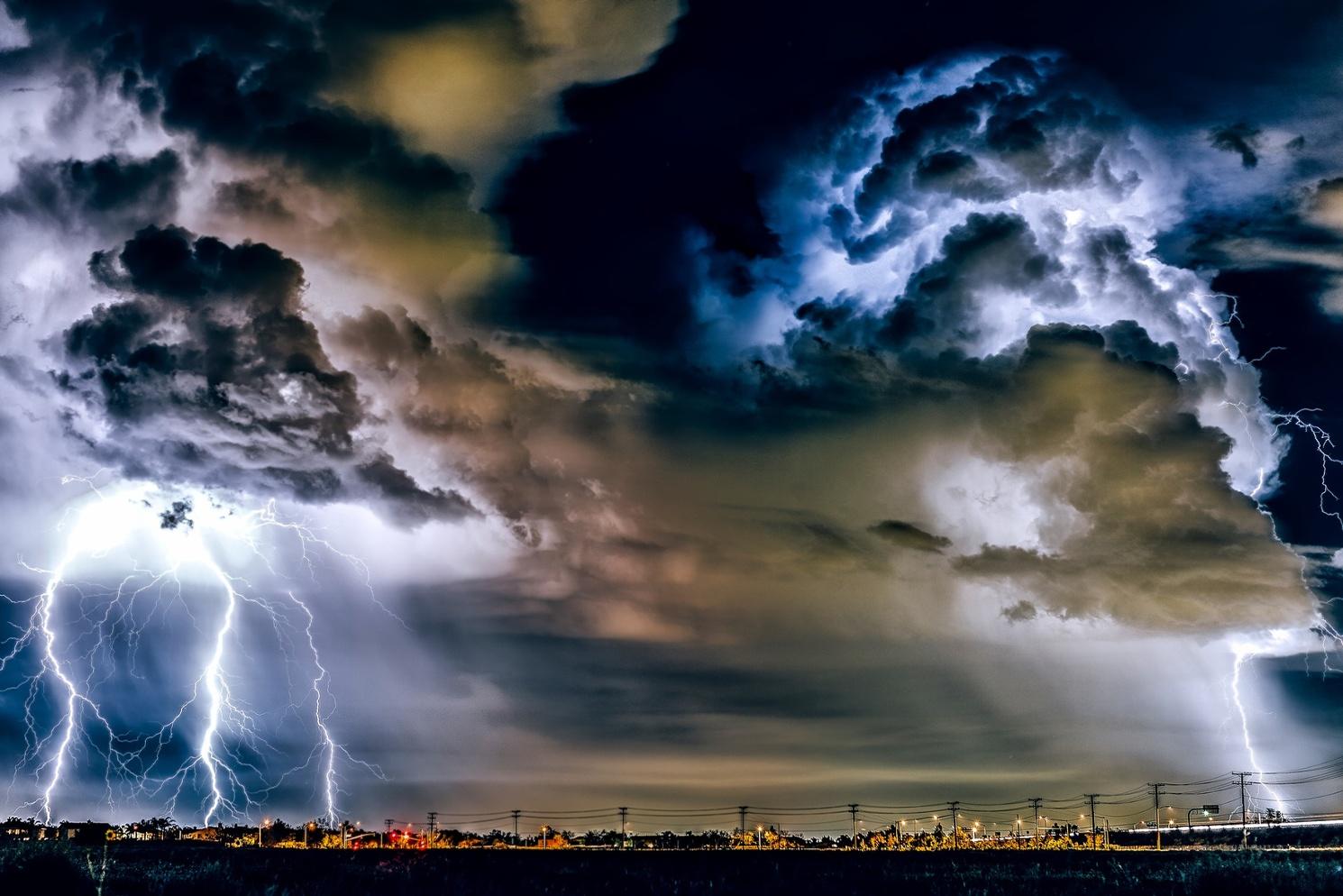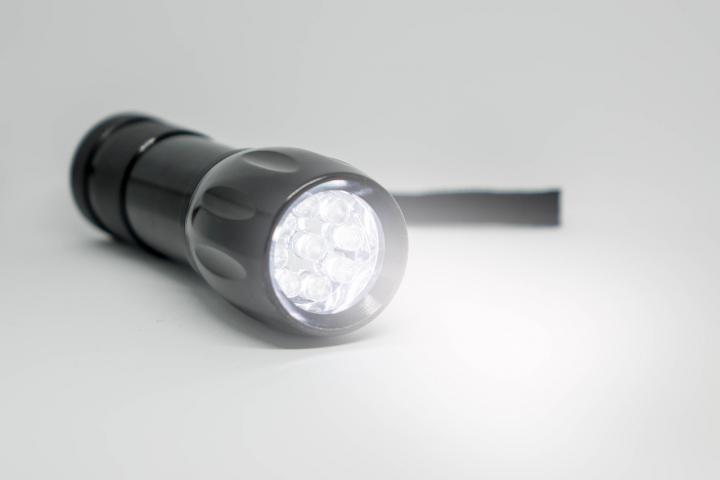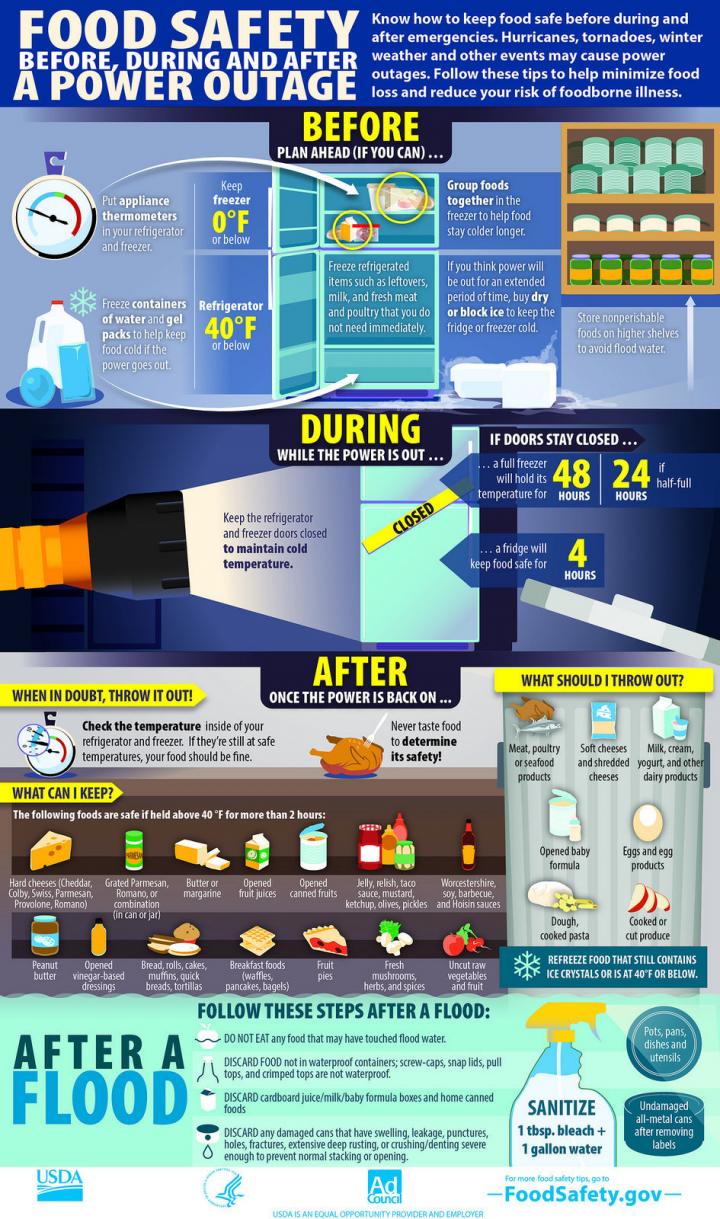Power Outages: What to Do Before, During, and After an Outage
Subhead
Tips for Surviving a Power Outage
For daily wit & wisdom, sign up for the Almanac newsletter.
What should you do in case of a power outage? Having survived many power outages, here are some of our best survival tips—before, during, and after a power outage. Please check this list—and stay safe!
Tornadoes, hurricanes, severe thunderstorms, flooding, and extreme weather events can easily knock out power in your home. But even an animal or too many A/C units on the power grid can cause a power outage.
Deal first with the biggest safety issues: bringing light to the dark, staying warm and dry, and providing food to yourself and your family.

How to Have Light in a Power Outage
- It’s best to use flashlights or battery-powered (LED) lanterns to use in case of a power outage rather than candles to prevent accidental fires. Attach a strip of glow-in-the-dark tape to your flashlights to make them easy to find.
- Headlamps are very helpful for every family member. These enable you to have both hands free to do tasks, and family members can be more independent. You can even read a book in bed while wearing one. Stock up on straps, too, to strap the headlamp to a gallon of water. By strapping the headlamp onto the jug with the lamp’s front facing the inside, the light reflects off of the water and can illuminate more of the room.
- Avoid using candles or an open flame as a light source, as it could be a fire hazard, particularly if there are children or pets in the home. While romantic, they can tip over too easily in an emergency situation. However, if this is all you have on hand, just be careful not to leave candles or fuel-lit lamps unattended. Use secure candle holders. Empty food cans half-filled with sand work great. Be sure to also have a supply of lighters or matches to light your candles with.
- Your cell phone could be used for light—for as long as the battery lasts. Drastically increase your battery life by plugging your phone into a portable USB battery pack.

How To Stay Warm in a Power Outage
- Select one room in which people—and pets—can spend most of their time together. Pick a room with few or no windows on the south side for maximum heat during the day, and layer up with warm clothing.
- Drape all windows with blankets, comforters, or quilts. Uncover south-facing windows during the day to let in the Sun’s warmth.
- Never burn charcoal for heating or cooking indoors. Never use your oven as a source of heat.
- Make a list (in advance) of shelters and hotels that allow pets, in case you need to evacuate with yours.
Cooking and Eating Without Power
- Open your refrigerator or freezer door only when absolutely necessary. Plan ahead to minimize the time the door is open.
- If the door stays closed, a refrigerator without power will keep food safe for four hours. A full freezer will keep its temperature for 48 hours (or 24 hours if half full). Store food outside if the temperature is cold enough (40 degrees or less). Monitor temperatures with a thermometer.
- Keep ice packs in your freezer for use in coolers or your refrigerator in case of an outage.
- Eat foods you are know are safe from spoiling. Good examples are canned foods, such as vegetables, beans, and soups.
- If you have one, cook on your woodstove. Heat canned soup and boil water for tea and instant coffee.
- Have potluck dinners with your neighbors and take turns hosting. You’ll be eating better and getting to know your neighbors at the same time.
- If the weather allows, cook on your outdoor grill—but only outdoors. Due to the possibility of fumes and fire, never use an outdoor grill indoors. Here are a few great recipes and tips for the grill.
- If it’s cold enough outside, fill clean plastic milk jugs with water and put them outside to freeze solid. Put these jugs into coolers, which can serve as temporary refrigerators for food supplies.

What to Do if You Lose Your Water
- When extreme weather threatens, fill up your bathtub with water (for washing and flushing). Note: If you expect temperatures to drop below freezing in your house, avoid filling up the tub, as you could end up with a frozen (and cracked) bathtub.
- In cold climates, pack fresh snow in buckets and bring it indoors to melt.
- In winter, keep pipes from freezing by turning on a slow trickle of water. Protect water pipes from freezing by wrapping them with layers of newspapers and then plastic wrap. See more tips for preventing frozen pipes.
Your Car
- Keep your vehicle’s gas tank at least half full! Gas stations rely on electricity to power their pumps.
- Never drive across power lines outside. Never!
- To avoid damage from falling branches, plan ahead and don’t park your cars under trees. If possible, remove any potentially hazardous or weak-looking branches well ahead of storms.
Generator Tips
- The best way to get through a power outage is to avoid it altogether. Investing in a home generator can save you a lot of time and stress during emergency outages, as it can keep your heat and light running when you really need it.
- However, NEVER run a generator inside a home or garage, or connect it to your home’s electrical system to prevent carbon monoxide poisoning.
Tech Tips
- Today, we also rely on technology for communication and safety. Keep cell phones charged.
- If the power is out, dim the brightness of your phone and turn off wifi to save battery life. Also, switch your battery to low power mode under settings.
- Turn off or disconnect appliances and other equipment in case of a momentary power “surge” that can damage computers and other devices.
- We also recommend a surge protector to safeguard electronics from the harmful effects of power surges and voltage spikes. A power surge is a spike in the electrical current flowing through the wires of your house. They can damage common appliances, sensitive AV electronics, and computer equipment.
What to Do After a Power Outage
- When in doubt, throw it out! Throw out any perishable foods that have been exposed to temperatures above 40°F for more than two hours. If you’re unsure whether something is still good, it’s better to just throw the item out and not risk becoming ill.
- Make sure you’ve put out any candles and kerosene lamps you used during the outage. These can be a fire hazard when left unattended.
Related Articles
Do you have any helpful power outage tips? Please share them in the comments below!
About The Author
Catherine Boeckmann
Catherine Boeckmann loves nature, stargazing, and gardening so it’s not surprising that she and The Old Farmer’s Almanac found each other. She leads digital content for the Almanac website, and is also a certified master gardener in the state of Indiana.
Read More from Catherine Boeckmann













